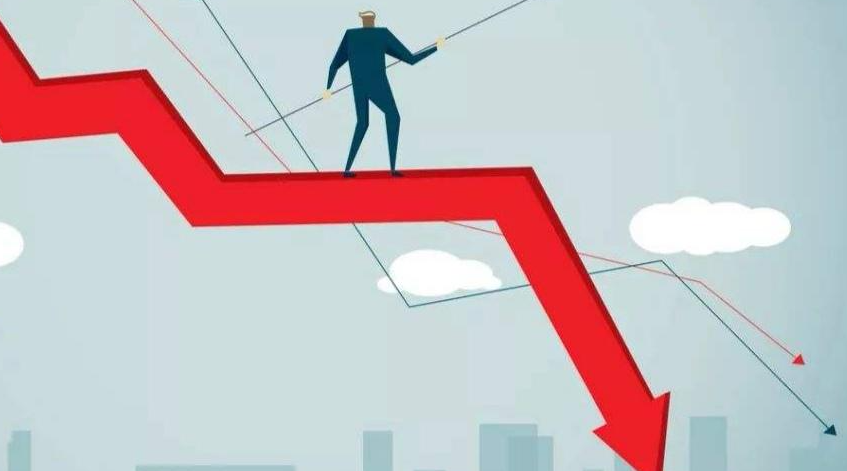German Stocks Finally Decline
Advertisements
- July 31, 2025
The world of finance is a living organism, constantly reacting to shifts in policy, sentiment, and global markets. Recently, a palpable wave of concern gripped European markets, as the specter of impending tariffs cast a long shadow over the continent's economic future. On an otherwise quiet Wednesday, European stocks faced their most significant single-day decline of the year, following alarming news from across the Atlantic.
On February 18, U.S. President Donald Trump raised eyebrows when he announced intentions to impose a whopping 25% tariff on imported cars. This was more than just a policy statement; it was a declaration that reverberated through the corridors of power in Europe. He hinted at further tariffs on pharmaceuticals and semiconductor chips, suggesting a broader trade conflict was on the horizon. The President specifically remarked that drug tariffs could potentially rise above 25% within a year. Such aggressive announcements seem to tread dangerously close to a trade war, a fear that investors could not ignore.
The day after Trump's statements, European stocks violently reacted; the pan-European STOXX 600 index plummeted by 0.9%, marking the largest single-day drop of the year. This is particularly disconcerting given how the index is viewed as a crucial bellwether for European stock performance. Germany, which had previously seen two days of gains, found its stock market in a freefall, with the DAX index—reflective of its major companies—down 1.80%. The markets were responding not merely to immediate headlines but to what those headlines could mean for the broader economy.
Germany's economic landscape is intrinsically linked to international trade, with sectors such as automotive manufacturing and heavy machinery heavily reliant on exports. Any potential interruption or tariff imposition on these goods could have long-lasting ramifications on both the economy and the stock market. The fear was contagious; as Germany faltered, so did France, the UK, Italy, and other significant European markets, all suffering varying degrees of declines. The consensus was clear: fears over the changing tariff landscape were etched in investors' minds.
Particularly sensitive to tariff fluctuations, European automobile stocks saw a reduction of 1.5% in value. In contrast, utilities—often dubbed the kings of defensive stocks—managed a modest gain of 0.6%. Notably, the V2TX index, which gauges investor anxiety, soared to 17.4, hitting a two-week peak. This spike illustrates how deeply concerned market participants were about the unfolding drama.
Alongside these stock market dynamics, the bond market also began to shift in response to the envisaged fiscal demands that could emerge should government debt rise to accommodate increased defense spending. The yield on 10-year German bonds reached a two-week high as investors recalibrated their expectations in light of the looming uncertainties.
Deutsche Bank, in its analytical report, underscored the complexity of the current tariff landscape. While it remained unclear which tariff threats would solidify, numerous measures appeared to be progressing closely. A pivotal outcome was expected from an investigation into "reciprocal tariffs," with results set for release in early April that could ignite a series of tariff adjustments influencing trade relations significantly.

Furthermore, the steel and aluminum tariffs were slated to take effect on March 12. As these metals serve as foundational materials in diverse industries, ranging from construction to automobile manufacturing, changes in tariff rates were set to reverberate throughout the supply chain, impacting costs and profit margins for businesses positioned at different levels of production. The growing concern was compounded by the looming expiration of a one-month delay on tariffs against Canada and Mexico, which could escalate trade tensions further and disrupt regional and global trade frameworks.
Amid the swirling anxieties, an interesting contradiction surfaced: the Eurozone's economic data exhibited a certain degree of resilience. According to the latest statistics, the Eurozone recorded a current account surplus of €38 billion in December 2024, significantly up from €25 billion the previous month. For the entirety of 2024, the current account surplus totaled €419 billion, accounting for 2.8% of GDP. This ongoing surplus suggests a relatively healthy economic position, reflecting a competitive edge in international trade.
This success might stem from the Eurozone's strengths in high-end manufacturing and services, coupled with a strategic position within global supply chains. Notable industries—including Germany's automotive and machinery sectors, France's aerospace and luxury goods, and the Netherlands' logistics and financial services—maintain high levels of technological sophistication and brand value, enabling them to mitigate some risks associated with swelling tariffs.
Reflecting back on previous market performances, the STOXX 600 saw an impressive 8% gain year-to-date, whereas the S&P 500 managed only a 4.1% uplift. This divergence indicated that prior to the mounting tariff fears, European markets were attracting a wave of international investments thanks to appealing valuations, presenting a more favorable narrative compared to their U.S. counterparts. However, the rapidly evolving uncertainties surrounding trade policies added layers of complexity to future projections for European stock markets.
For investors navigating this tumultuous environment, close vigilance regarding tariff developments, global economic trends, and various nations’ macroeconomic metrics has become imperative. The fluid nature of the current scenario has introduced a quintessentially cautious air, signaling the need for strategies that could adapt swiftly to changing dynamics, lest one be caught unprepared in these volatile waters.
Leave A Comment